Learn the impacts of renewing the grain agreement in Ukraine
quinta-feira, novembro 24, 2022
After weeks of intense diplomatic (and even military) shuttles between the West and Russia, confirmation came that the Grain Corridor Agreement would be renewed for another 120 days. Even if this tends to bring relief to food prices, it is important to remember that Moscow can still stem maritime flows using both military and bureaucratic means, hEDGEpoint Global Markets said in this week's report.
"Despite all its efforts, Ukraine is still well below the export levels seen in previous years and even a rise in shipments in the coming months would not compensate for the losses that occurred at the beginning of the War," notes the company's commodities analyst David Silbiger.
According to him, there is still concern that Russia, consciously or not, will stop exports through attacks on the necessary infrastructure, or even announcing another sudden suspension of the Agreement. Given that ports in the Black Sea are by far the favourite modal for exports, any disruption to this flow would be extremely detrimental to the Ukrainian prospects, especially when we take into account that the maximum capacity of the ports has not even been reached.
According to the latest WASDE report, Ukraine will account for 5% of global wheat exports in the 22/23 cycle, with the expectation of embarking 11 M mt. Thus, one might think that the market's focus on the issue of renewal is exaggerated, given that there are much more significant flows in other players. Even though, on a global scale, Ukraine's role can easily be surpassed by other exporters, in the Mediterranean dynamics wheat coming out of Odessa has been a prominent role, especially for Turkey.
And perhaps the extension has more impacts on Ukraine itself than on other players, as it would allow the pressured producers access to international markets and their capital. Thus, a steady expansion of exports via the Black Sea could bring a motivation not only for the current end-of-harvest moment, but also (and mainly) to lead to an increase in the area to be planted in the next cycle.
The analysis is from hEDGEpoint Global Markets
Source: Agrolink










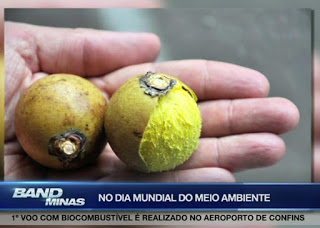
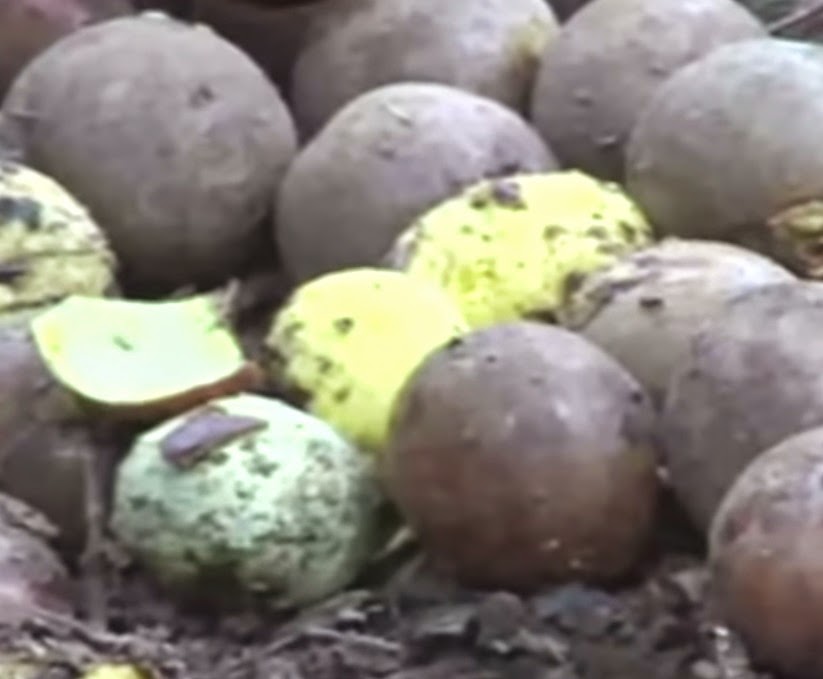
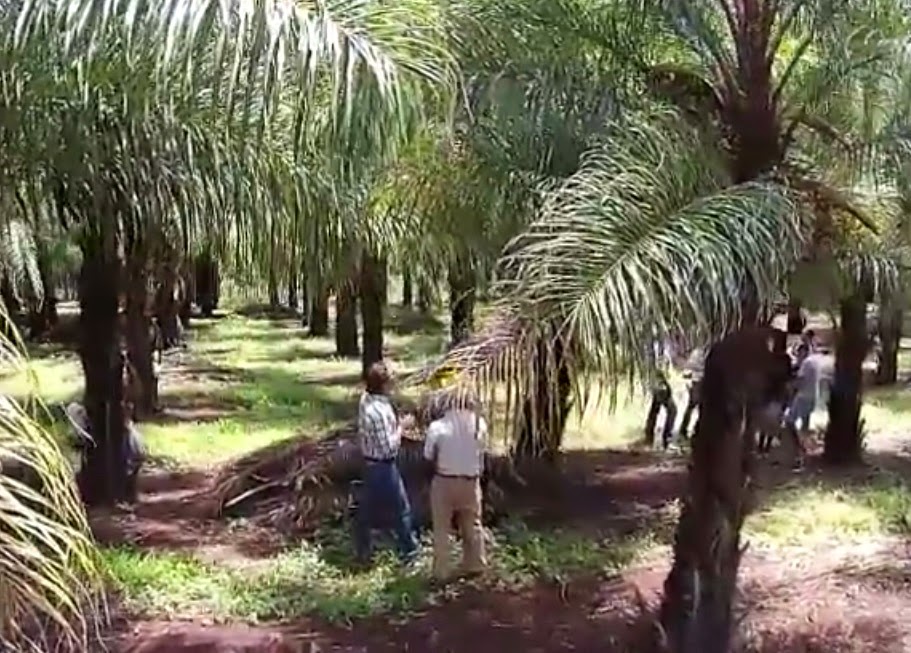

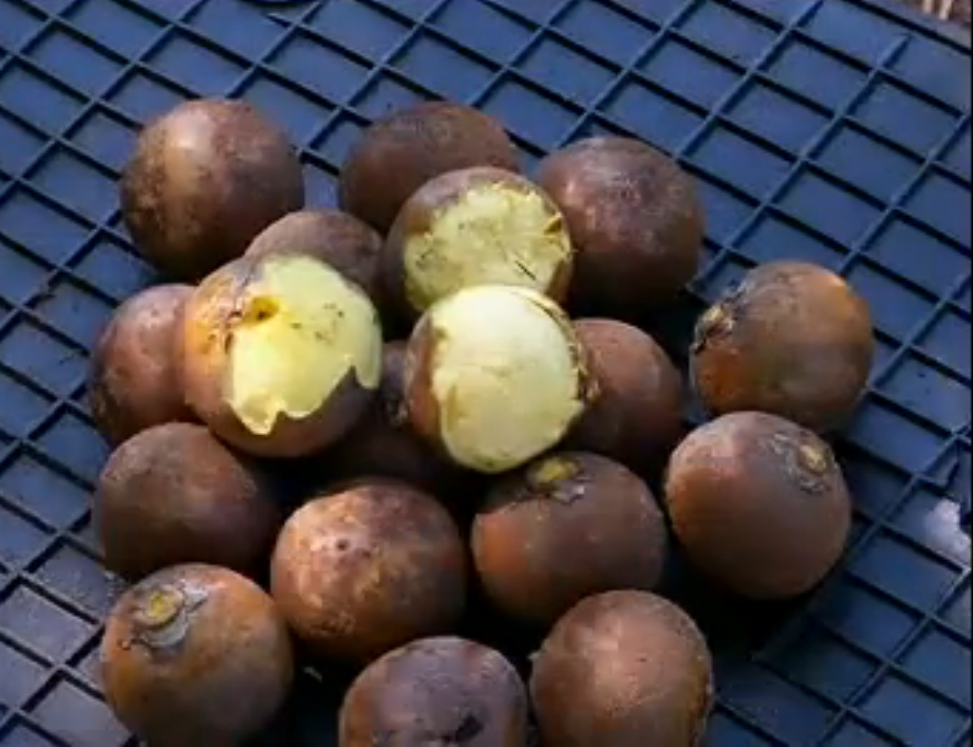
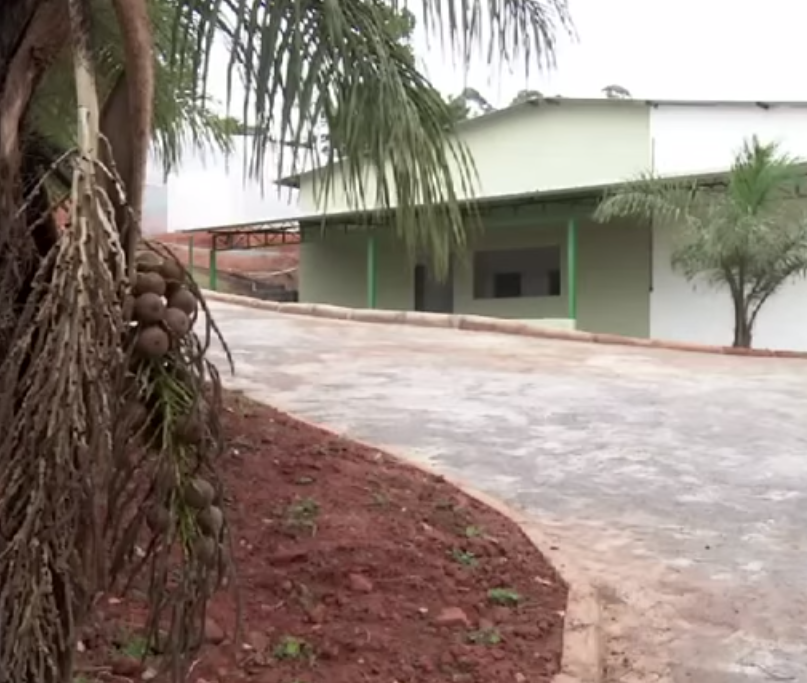
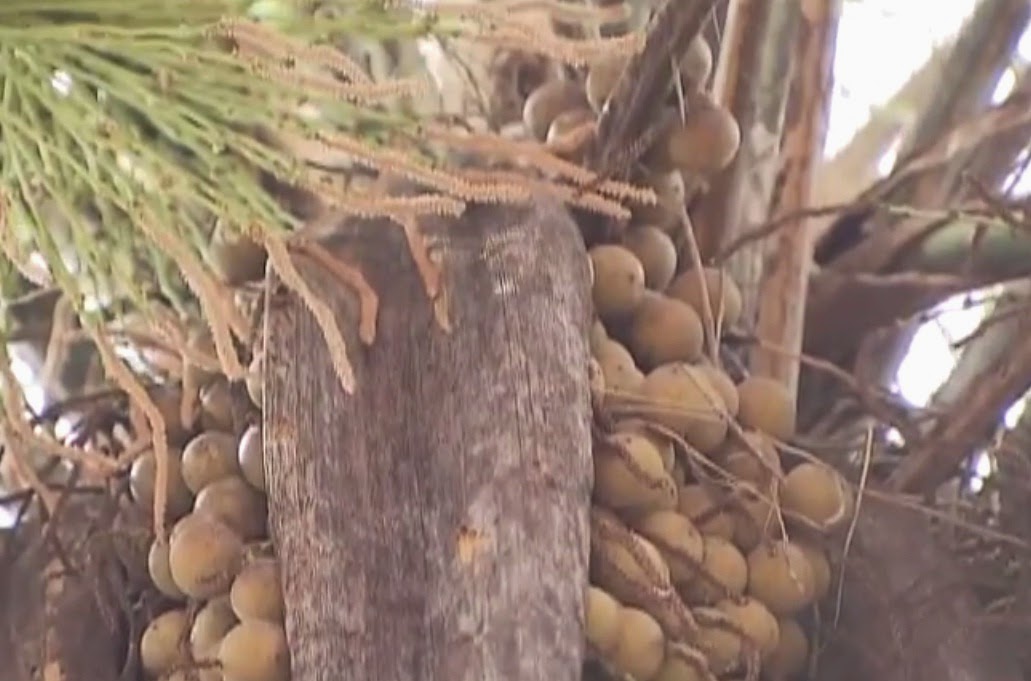
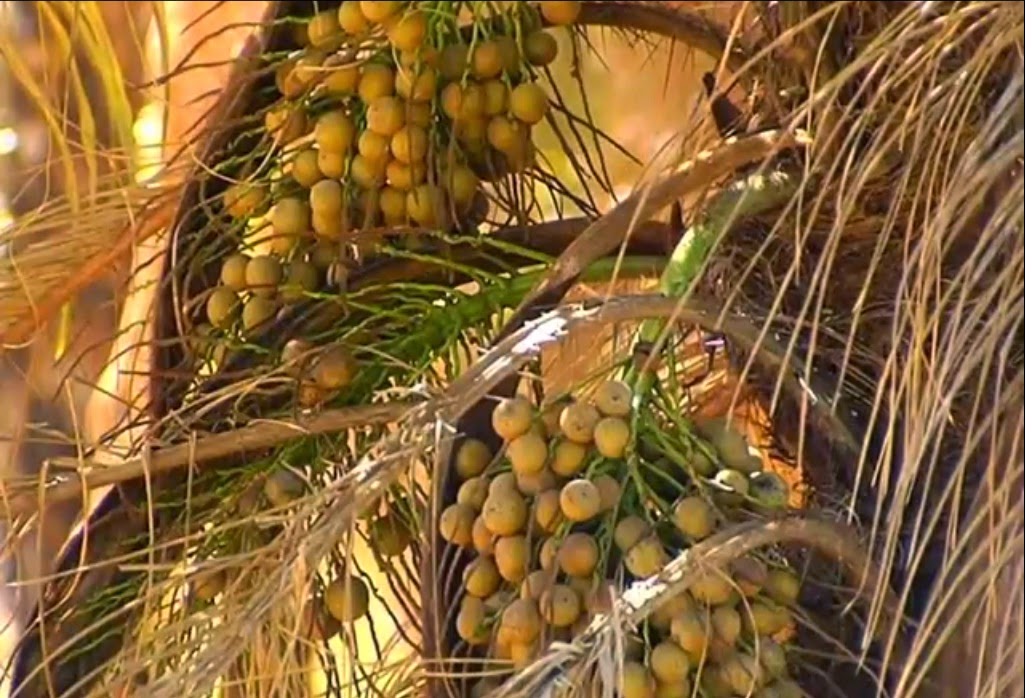


0 comentários
Agradecemos seu comentário! Volte sempre :)